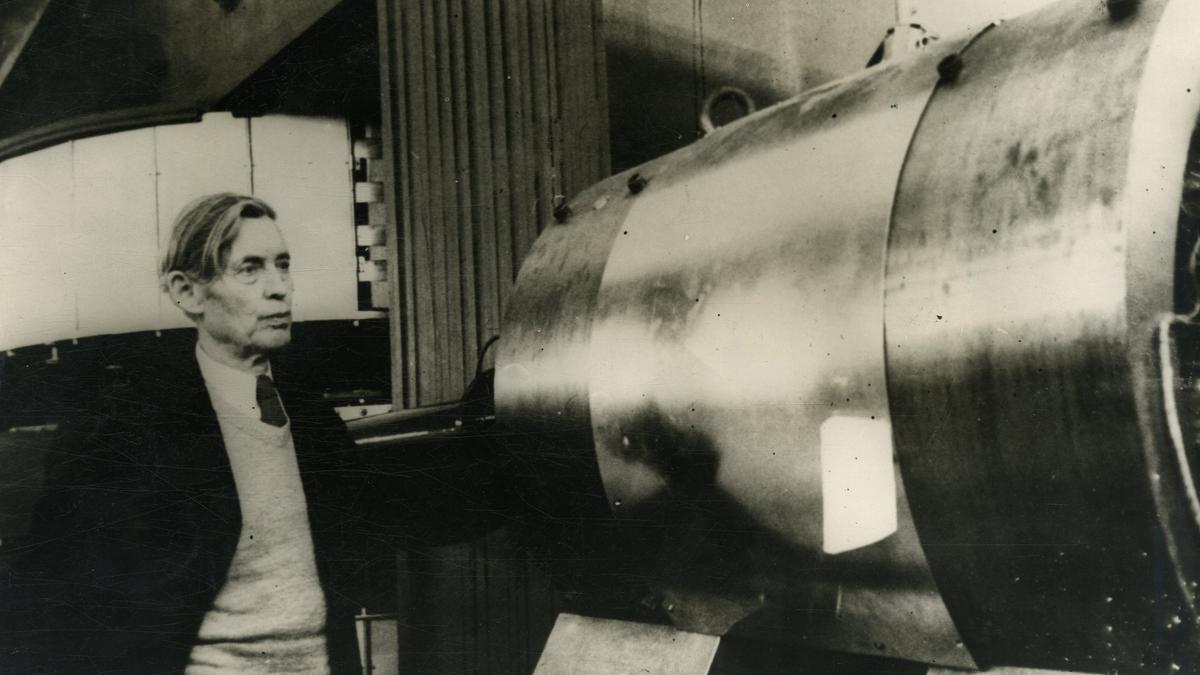[ad_1]

PPIE is not the same as simply taking patient feedback. It involves deep and genuine collaboration, where patients help make research decisions alongside scientists and clinicians. Photograph used for representational purposes only
| Photo Credit: Getty Images
Traditionally, medical research has been a top-down affair. Scientists define the problem, design the study, and analyse results, often with little to no input from the people the research is ultimately meant to benefit. This can lead to studies that are scientifically rigorous but disconnected from real-world healthcare needs. PPIE challenges this status quo, by inviting patients, caregivers, and the public to be active partners in the research process.
‘With’ the public
INVOLVE, UK’s National Institute for Health Research advisory group, defines PPIE as research carried out ‘with’ or ‘by’ the public, rather than ‘to’, ‘about’ or ‘for’ them. This involvement can take many forms: identifying research priorities based on lived experiences, helping design patient-friendly studies, ensuring findings translate into practical healthcare improvements, and improving communication between researchers and the public.
A key distinction must be made here: PPIE is not the same as simply taking patient feedback. It involves deep and genuine collaboration, where patients help make research decisions alongside scientists and clinicians. This model has been endorsed by healthcare systems across Europe and North America, with research organisations increasingly requiring PPIE in grant proposals. And it is no longer just a well-intended ideal – researchers are finding that when patients are involved from the start, the impact is real and measurable.
Rachael Lawson, who is a senior lecturer & PPIE Lead at the Newcastle NIHR Biomedical Research Centre in England, talks about the impact of PPIE. In a 2024 review on early implementation of allied health therapies in the early stages of Parkinson’s disease to help slow the progression of symptoms, a patient co-authored the paper, providing insights that researchers might have missed. This highlights a crucial aspect of PPIE: incorporating the invaluable perspective of lived experience. She describes the efforts researchers make to ensure that interest in PPIE continues to thrive. “There is no “one-size-fits-all” solution. We tailor our programmes to the specific needs of participants. I have helped set up a regional interest group for patients with dementia and Parkinson’s and their caregivers.” Researchers visit members of these groups every month to build trust and instil a sense of community. “Some patients who are elderly or have cognitive impairments need our support. Often, we’ll send out team members to local participants armed with dictaphones and iPads to take interviews and collect data,” she says.
Patients as partners
A study by Lindsay H. Dewa and her team at Imperial College, London explored the benefits of involving young people with mental health challenges as co-researchers on a study about using technology to detect mental health deterioration. They helped design interview questions, analyse data, and present findings at conferences, demonstrating how co-production can lead to deeper insights and empower participants. Similarly, researchers at Cancer Research UK, consulted focus groups of women at risk for breast cancer relapse, who helped design a clinical trial and recruit participants, prepare funding applications and develop patient-facing materials. In this way, the patients were partners, and not subjects of research.
Charities play a pivotal role in ensuring that patient voices shape research. Lesley Booth, the PPIEP Lead at MQ, UK’s leading mental health research charity, says: “While funding applications can include PPIE costs, the actual funds are often limited. This creates barriers to involvement since researchers may not have the means to compensate them. Charities like MQ step in to bridge this gap.” Their 10-year impact study revealed that a staggering 96% of researchers who included PPIE had reported improvements in their work.
Where does India stand?
As PPIE becomes a global standard, India stands at a critical juncture. With strong evidence supporting its benefits and charities like MQ, Wellcome Trust, and McPin Foundation providing resources, both Indian scientists and patients have much to gain. India’s expanding healthcare sector, digital innovations, and growing patient advocacy create a unique opportunity to integrate patient voices into research.
Shyam Sundar Arumugham, a psychiatrist at NIMHANS, is one of the few researchers in India welcoming this shift. His work includes patients as co-investigators, using their insights to refine research questions and design. This integration includes plans for a Lived Experience Expert panel and showcases a growing commitment to PPIE.
While challenges like varying patient understanding exist, the benefits of incorporating lived experiences are clear. By embracing PPIE, Indian researchers can enhance study relevance and build stronger community trust, leading to more impactful outcomes. Will India seize this opportunity?
(Anushka Banerjee is the Scientific Development and Communication Officer, Rohini Nilekani Centre for Brain and Mind, Department of Psychiatry, National Institute of Mental Health & Neurosciences, Bengaluru. banerjeee.anushka@gmail.com)
Published – March 28, 2025 06:00 am IST
[ad_2]
Source link





